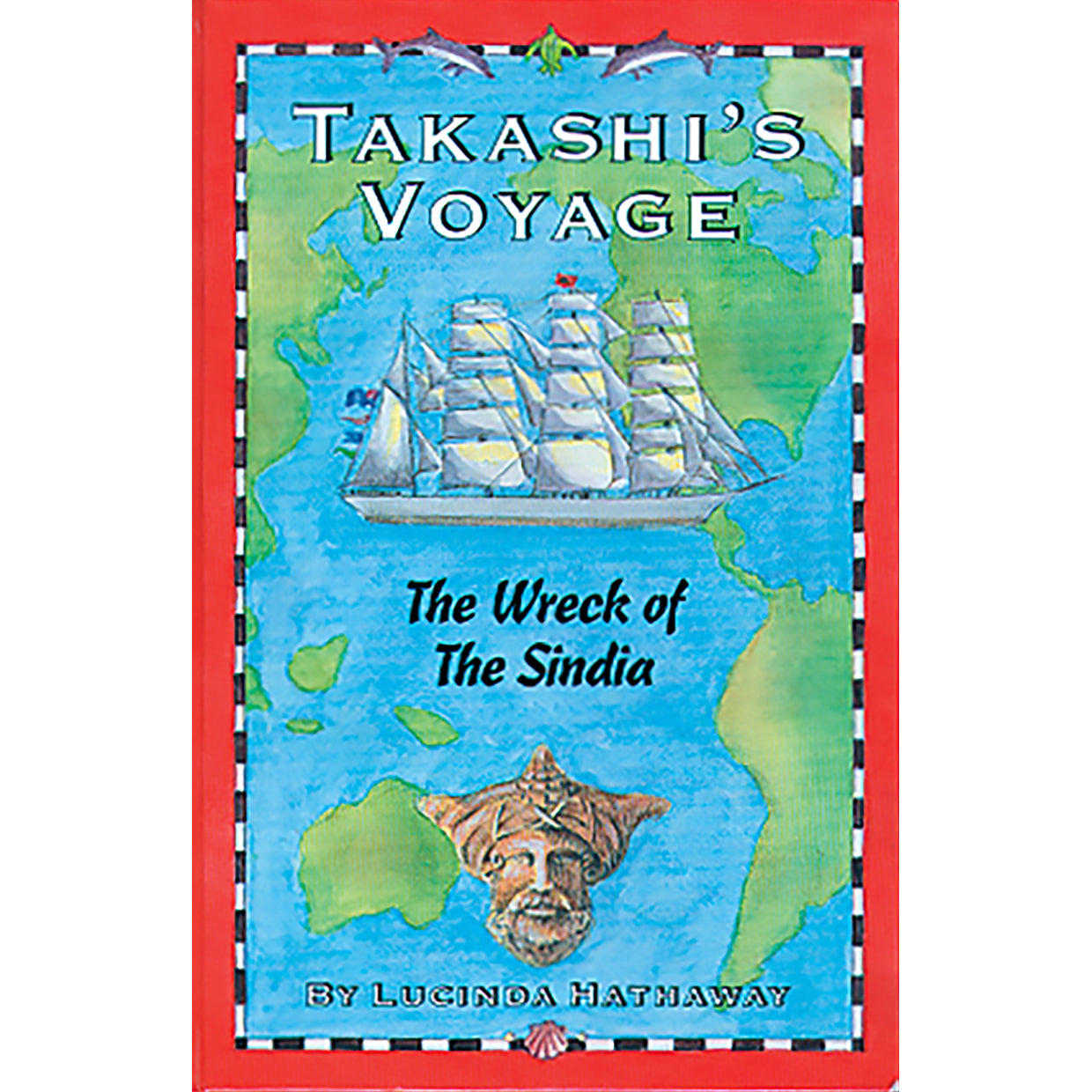Takashi's Voyage
Takashi's Voyage
The Wreck of the Sindia
Lucinda Hathaway
Couldn't load pickup availability
In this fact-based adventure, Takashi, a young Japanese boy is shanghaied aboard the Sindia, a sailing ship bound for New York in 1901. As the Sindia heads for Cape Horn, Takashi's love of sailing overcomes his homesickness and the hardships of a long journey... but nothing could prepare him for the climactic conclusion of his voyage along the Atlantic coast.
This is a fictional adventure story based on an actual shipwreck that occurred off the New Jersey Shore at Ocean City.
Illustrated, with a full nautical glossary, plus a detailed historical account in an Afterword with photographs of the actual shipwreck. Ideal for young readers, ages 8-11, and an enthralling read for all.
Pages: 109
Share
Dimensions: 9.25” x 6.25” x 0.5"
Review
Review
"Recommended for readers ages 8 to 11, the attractively bound book may instead lodge in parents’ permanent collections. Adults will find themselves turning the pages beyond kids’ bedtimes.
A bonus is the book’s afterword, ‘Fiction and Fact’ a background and history of the Sindia from the construction of the vessel in Belfast, Ireland, in 1887 to its groans of destruction off Ocean City’s beach. Vintage pictures accompany the text.... Takaski’s Voyage is a gem of a souvenir for landlubbers and, for coastal dwellers, a closer look at a dramatic event from the past."
— The SandPaper
Blurb
Blurb
"A glimpse of life at sea through the eyes of a Japanese boy shanghaied aboard the Sindia — and also a gentle lesson in acceptance." — The Philadelphia Inquirer


